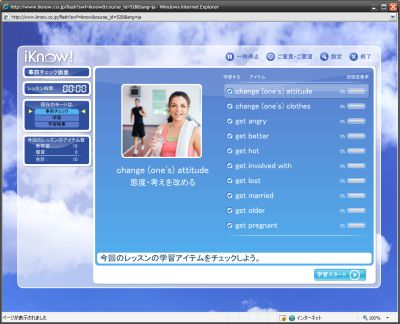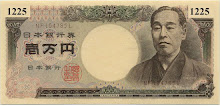
I’m just over 2 months into the sentence stage of learning and I already have the battle scars to prove it…well almost.
It was always going to be a bloody process despite my ‘master plan’ for Japanese sentence domination.
So where did I go wrong and what pitfalls should you look out for if you are following this path…it’s simple…DON’T TRY AND DO TOO MUCH.
Yes, yes, yes, how could I be so stupid?
I had heard all the words of wisdom, the old clichéd ‘it’s a marathon not a sprint’, but boy I just couldn’t help myself, within no time I was sprinting like a Japanese sentence mining mad man having just been let off his ‘Remembering the Kanji’ leash…."add more sentences now god damit, just another 100 more, it won’t hurt." Ah! but it did hurt and it has been hurting pretty damn hard for the last 3 weeks as I try and claw myself out of my overenthusiastic start.
As you can see from my sentence counter on the right I have stalled at 1225 sentences for over 3 weeks now. But there is light at the end of the tunnel. With a hefty rate of repetitions per day things appear to be settling down.
In an attempt to avoid a repeat performance, using the useful features in Anki I have now set it up to only introduce new cards after I have finished all of the repetitions for that day. This means that some days new cards will be added and some days they won’t, it all depends if I finish all of my repetitions…which kind of makes more sense in terms of managing your workload.
Less Hare, more Tortoise.
Question: What do you think is the optimum amount of new cards per day? 10, 25, 40…100?










